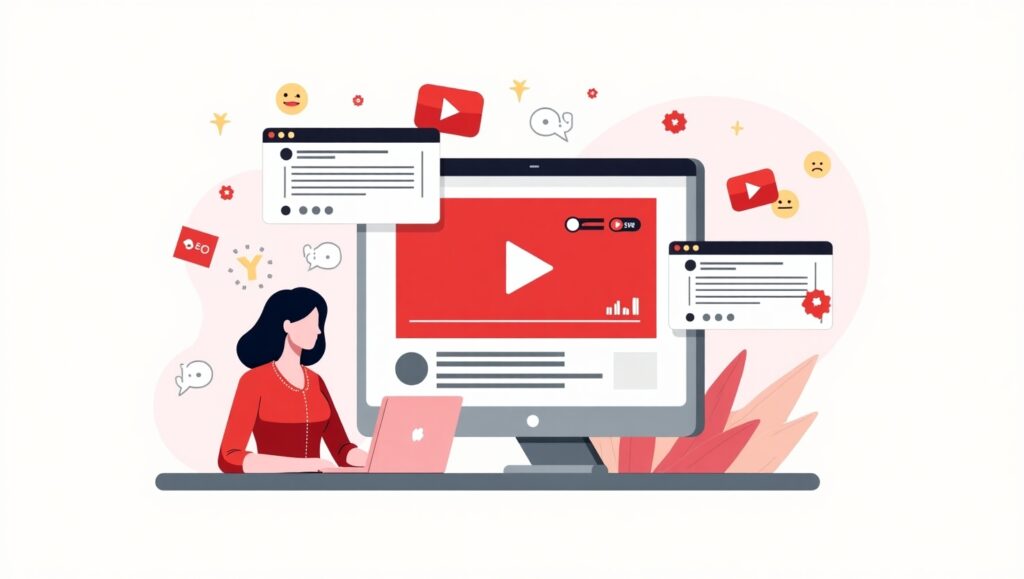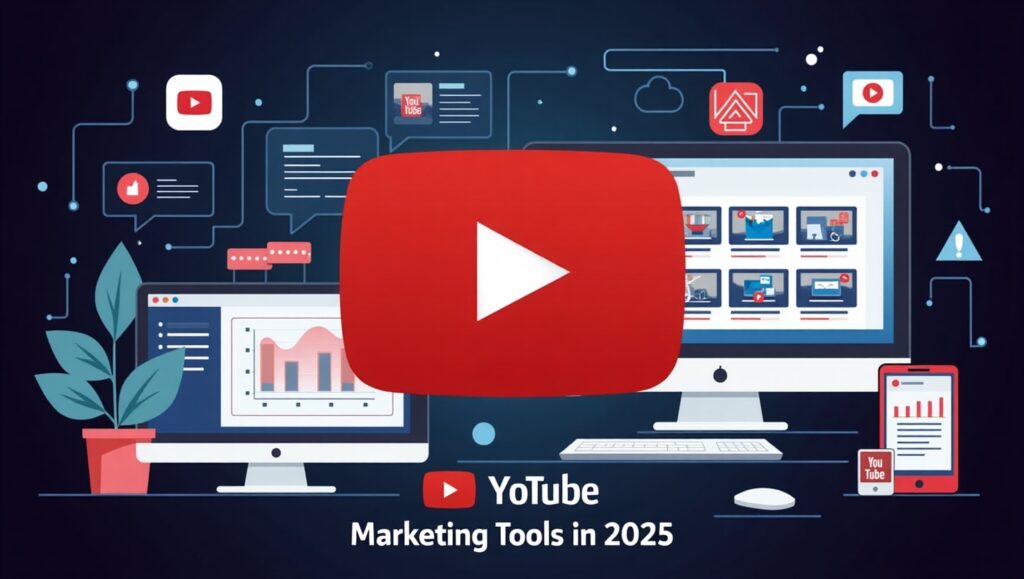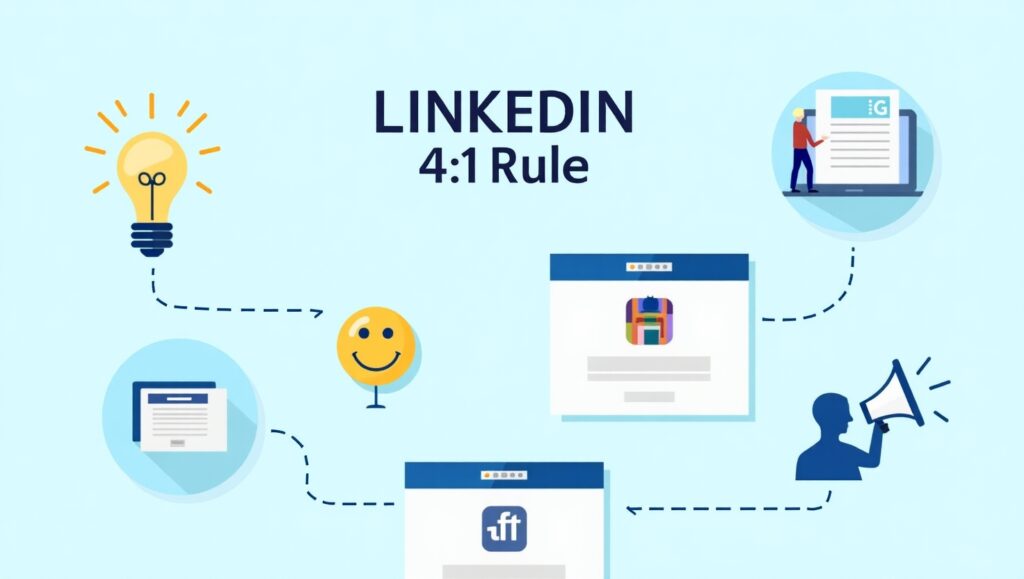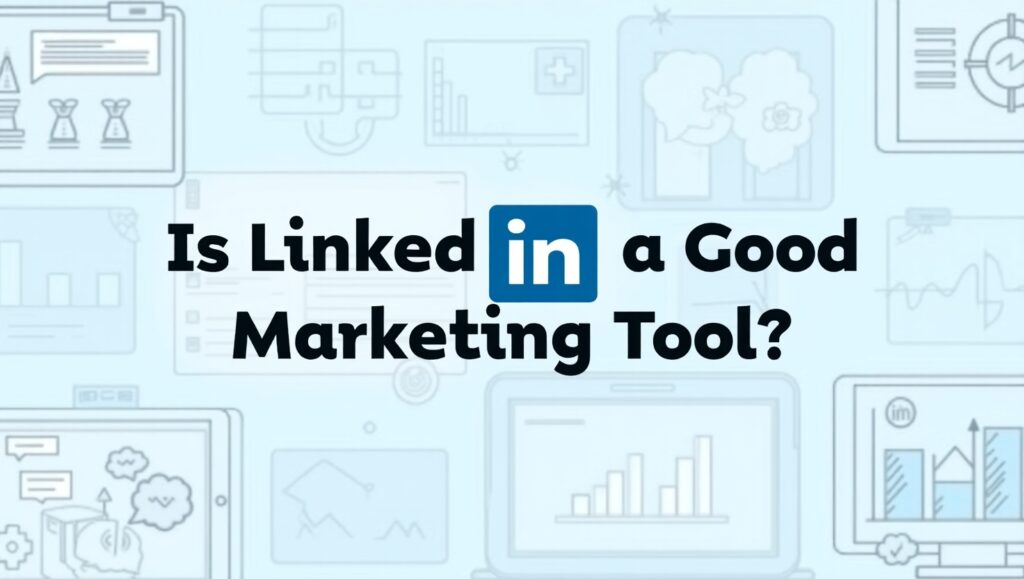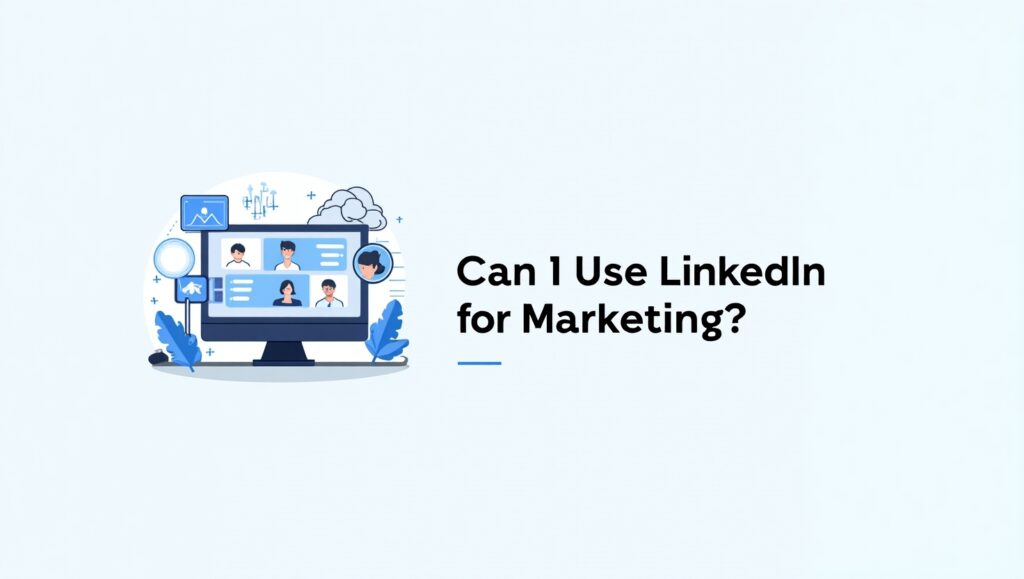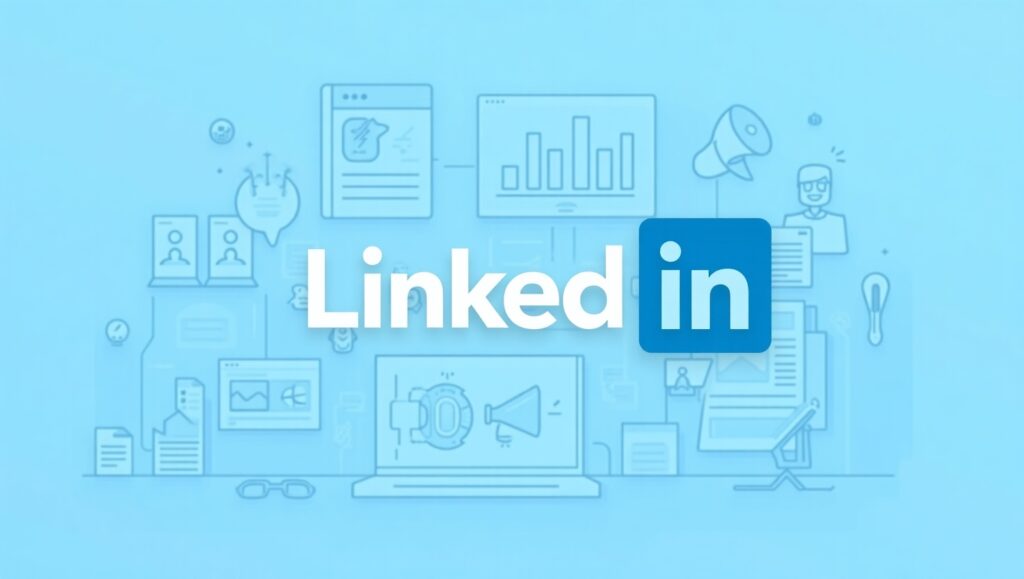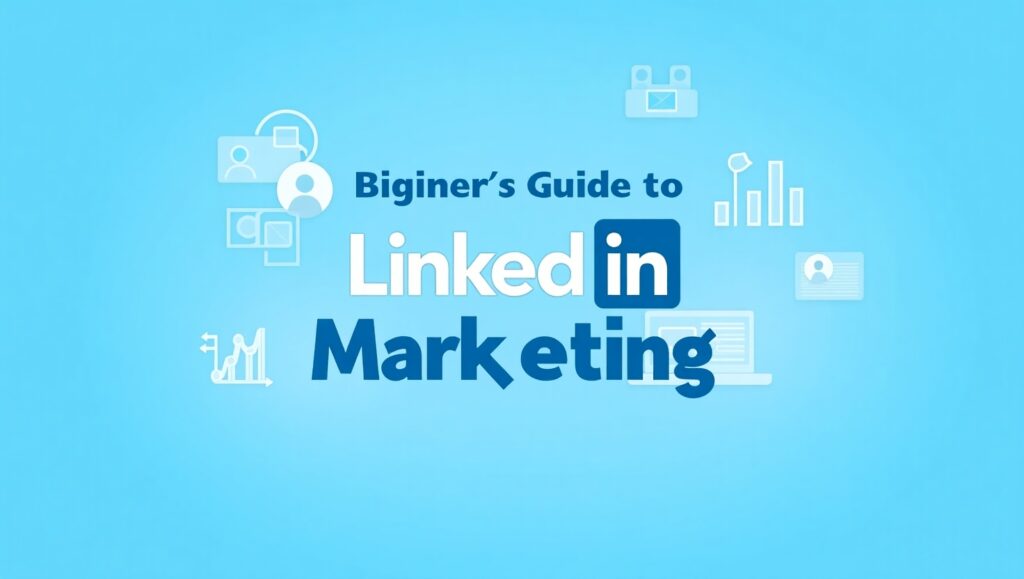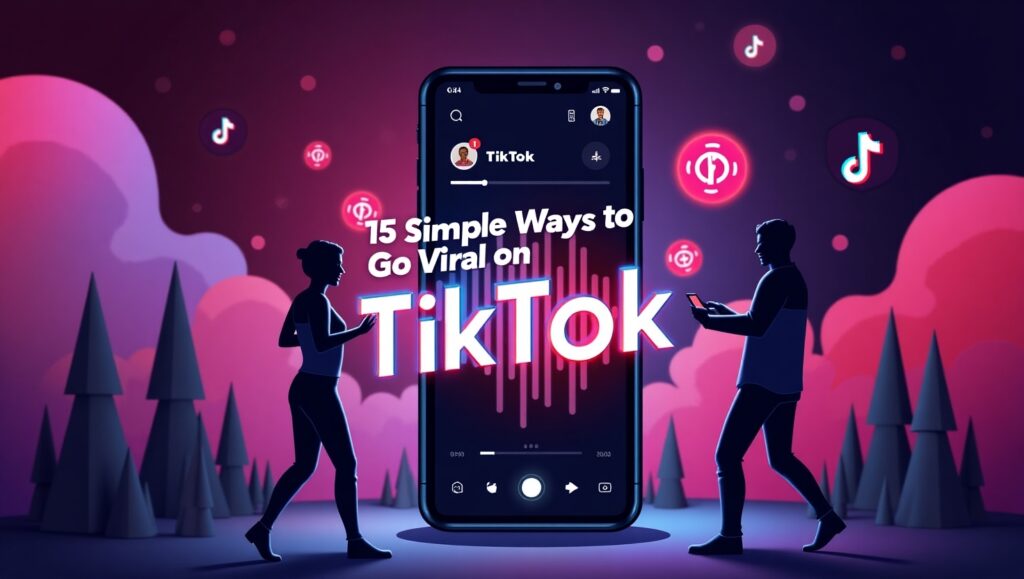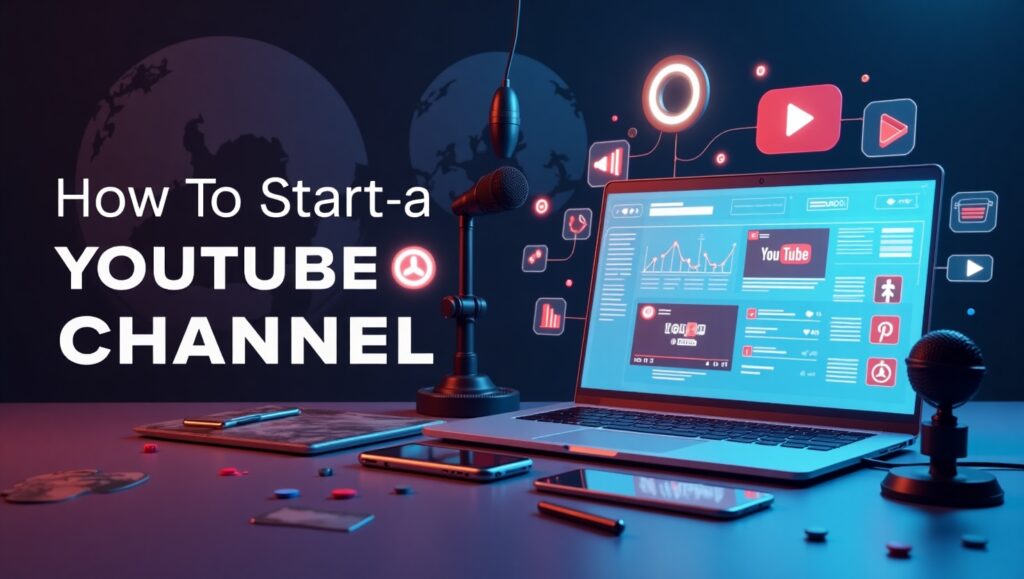Top 10 Ways to Write Engaging YouTube Video Descriptions
The world of YouTube is ever-transforming, with high-quality videos accounting only halfway through the process; what you write beneath that video matters equally. A good video description has great commercial value for your video by drawing potential viewers, retaining those viewers, and growing your channel. Whether you’re a content creator, digital marketer, or the brand trying hard to speak to the masses, writing enticing video descriptions is a must-have skill. With billions of videos being uploaded and searched upon every day, your description is the gateway between the YouTube algorithm and your viewers. This is the space where you can talk about your content, throw in some keywords that will help viewers find you, and actually direct your audience toward doing something: watching another video, subscribing to your channel, or hitting a link. But describing isn’t only about keyword stuffing or throwing around links just for fun. The trick is to maintain a balance: provide value, rank for the search, and engage. In this article, we will examine the Top 10 tips to write effective YouTube Video Descriptions that will not only engage your viewers, but will also increase your views. These tips will cover everything, from hooks to search engine optimization best practices, along with writing timestamps and calls to action. These tips will help you set your content apart in a crowded platform and make sure you make the most out of every post. Whether you are a brand new YouTuber or you have been on this platform for quite a while, these tips will elevate your content! 1. Start Strong with a Hook Your YouTube video description’s first 1–2 lines are the best real estate available—they’re the only thing viewers see before hitting “Show More.” This short little section is key to deciding if someone will watch your video or scroll right by. That’s why beginning with a good hook is the #1 way to write a great video description. Your hook must briefly summarize what the video is and pique interest or provide instant value. It’s essentially a mini elevator pitch. Ask yourself the following questions: What issue does this video resolve? Why is it unique or of interest? Why should anyone care? For instance, instead of saying “This is a tutorial on video editing,” say: “Want to edit your videos like a pro in 10 minutes? Find out 3 secret editing tricks even beginners can do!” A solid hook may be a question, an unexpected fact, a daring guarantee, or a strong statement. It must have the tone and intent of your video—educational, entertaining, or inspirational. Keep in mind that on desktop and mobile, only the first 2–3 lines of the description appear without clicking further. Make them count. Done correctly, a compelling hook not only drives watch time and clicks but also sends a message of value to YouTube’s algorithm—enhancing your video’s discoverability and performance. 2. Use Keywords Naturally (YouTube SEO) SEO-optimize your YouTube video description using the proper keywords to increase your video’s discoverability. YouTube is the second largest search engine in the world and similarly to Google, keywords help the algorithm understand what your content is and who to target. Start with finding relevant keywords your potential audience is currently searching. These may be words like “how to grow a YouTube channel,” “top video editing techniques,” or “social media campaign strategy.” Use tools such as TubeBuddy, VidIQ, or Google Trends to discover popular and ranking keywords in your subject area. Once you have your list, put your most significant keyword in the first 2-3 sentences of your video description. This is where YouTube puts the most emphasis for SEO. Then, sprinkle your secondary keywords throughout the rest of the description (without too many!). You want it to be readable and natural while still being search-friendly. For example, instead of awkwardly shoehorning in keywords, say something like: “In this guide to growing your YouTube channel, you will discover 5 proven ways to grow subscribers quickly. Whether you are just getting started with creating video content or want to quickly grow your audience, these tips for YouTube will help.” When timing is done well with natural keyword placement, you will not only rank your video higher in search, you’ll also be reaching the right people, people who are actually interested in your content. 3. Include Timestamps for Easy Navigation Timestamping the description of your YouTube video is a simple but powerful way to enhance the user experience and enhance engagement. Adding timestamps to your video allows you to break up your video by chapters which makes it SO much easier for viewers to find any part of the video they like, which is particularly useful if it is a lengthy video with a variety of topics. Appealing timestamps allow you to demonstrate your content in an orderly, easy to read fashion. The audience will appreciate being able to jump directly to a certain section within a video and they may be inclined to spend a longer time watching a video because they are happy with the extra convenience which drives total watch time higher. Increased watch time is an excellent indicator to the YouTube algorithm which can help increase exposure and search rankings for your video. To add timestamps, simply list the time markers followed by a brief title of each section in the description box. For example: 0:00 – Introduction 1:32 – Tip #1: Find Your Niche 3:47 – Tip #2: Optimize Video Titles 7:25 – Final Thoughts Once you have added timestamps to your YouTube video description, YouTube will turn these into clickable links and will make visible chapters in the progress bar for seamless navigation. Not only is it the fact that you care about your audience’s time when you use timestamps, but the timestamp will also make your video appear more polished and professional. Whether it is a tutorial, a podcast, or review, timestamps are a must-have item with any interactive YouTube video description. 4. Summarize the Video Clearly

